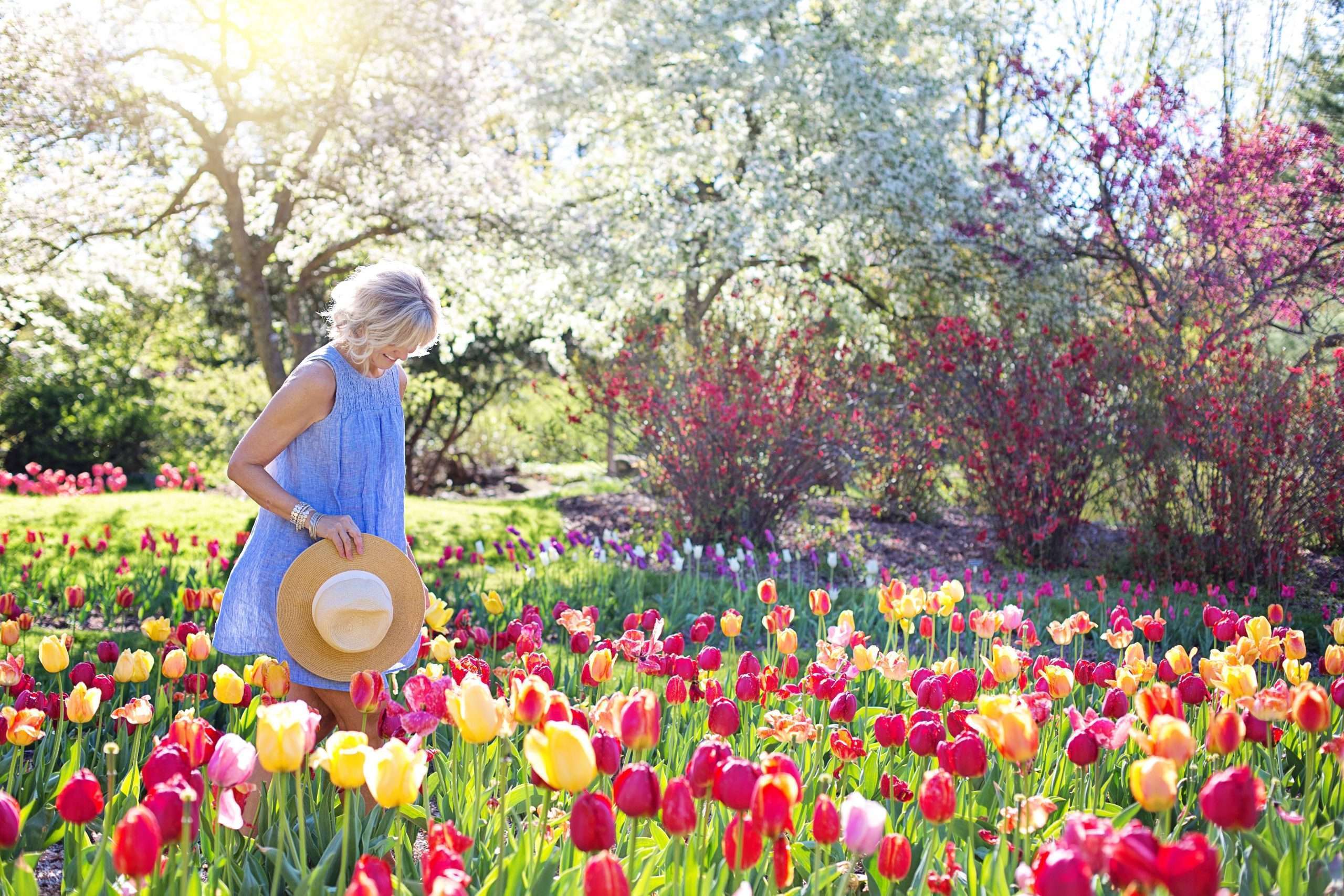
Spring is a time of rebirth and growth, and what better way to celebrate it than by getting your hands dirty in the garden? If you’re looking for some guidance on what to plant this spring, you’ve come to the right place. In this blog post, we will explore some of the best spring gardening tips for Australia. From what plants to grow to how to care for them, we’ve got you covered. So get ready to break out the gardening gloves and get growing!
What are some spring gardening tips?
1. Check your soil pH levels and amend accordingly- This is important because it effects how well your plants will be able to uptake nutrients from the soil. You can get a soil test kit from most garden centers.
2. Start planting! Spring is the perfect time to start planting annuals, vegetables, and herbs.
3. Mulch, mulch, mulch- Mulching helps reduce water evaporation, moderate soil temperature, and prevent weed growth.
4. Water early in the day- Watering early prevents evaporation and gives your plants time to absorb moisture before the heat of the day sets in.
5. Fertilize regularly- Fertilizing helps support plant growth and encourages blooming. Be sure to follow directions on fertilizer packaging as too much can harm plants.
What are some common spring flowers in Australia?
There are many different spring flowers that can be found in Australia. Some of the most common ones include:
-Australian native flowers such as waratahs, banksias and bottlebrush
-Exotic flowers such as tulips, daffodils and jonquils
-Poppies
-Freesias
-Lilacs
What are some common spring vegetables in Australia?
As the weather begins to warm up in Australia, it’s time to start thinking about planting your spring garden. While there are many different types of vegetables that can be grown in spring, there are some that are more common than others. Here are some of the most common spring vegetables in Australia:
-Tomatoes
-Cucumbers
-Lettuce
-Zucchini
-Eggplant
-Beans
-Peas
-Carrots
-Potatoes
What are some common pests and diseases in Australian gardens?
There are a number of common pests and diseases that can affect gardens in Australia. These include aphids, whiteflies, scale insects, caterpillars, slugs and snails. Diseases that can affect Australian gardens include powdery mildew, rust and bacterial wilt.
Aphids are small sucking insects that can cause damage to plants by feeding on their sap. They are often found on the undersides of leaves and can cause the leaves to curl or distort. Whiteflies are another small sucking insect that feeds on plant sap. They can be found on the undersides of leaves and can cause the leaves to turn yellow and drop off. Scale insects are another type of pest that feeds on plant sap. They often attach themselves to stems or leaves and can cause the plant to become stunted or distorted. Caterpillars are the larvae of moths and butterflies and can cause damage to plants by eating their leaves. Slugs and snails are also common garden pests that feed on plants. They often leave slime trails as they move around and can cause extensive damage to seedlings and young plants.
Diseases that commonly affect Australian gardens include powdery mildew, rust and bacterial wilt.
How can I make my garden more water efficient?
There are many ways to make your garden more water efficient, and it really depends on what type of garden you have. If you have a lawn, you can use a mulching mower to reduce evaporation, or install a drip irrigation system. You can also choose drought-tolerant plants, and group plants together based on their water needs. In general, native plants are better adapted to local conditions and therefore require less water.
If you want to reduce your overall water usage, consider collecting rainwater in barrels or tanks. This is a great way to save water during the wetter months so that you have it available during dry periods. You can also xeriscape your garden, which involves using drought-tolerant plants and rocks or gravel instead of grass.
No matter what type of garden you have, there are ways to make it more water efficient! By taking some simple steps, you can save water and help out our environment at the same time.
Spring is a wonderful time to get out into the garden and start planting. With so many different flowers and vegetables to choose from, it’s easy to get overwhelmed. But with a little planning and some basic knowledge, you can have a beautiful spring garden that will thrive. By following these tips, you’ll be well on your way to creating a stunning spring garden that will make all your neighbours jealous.
